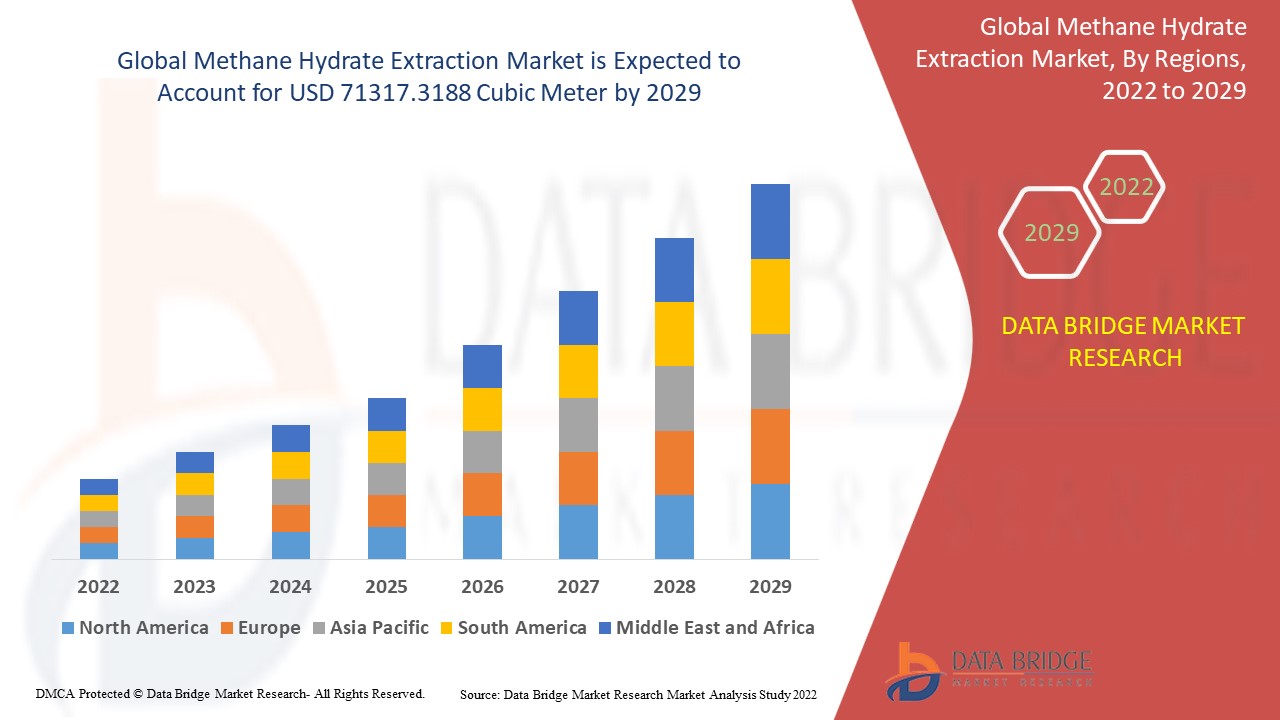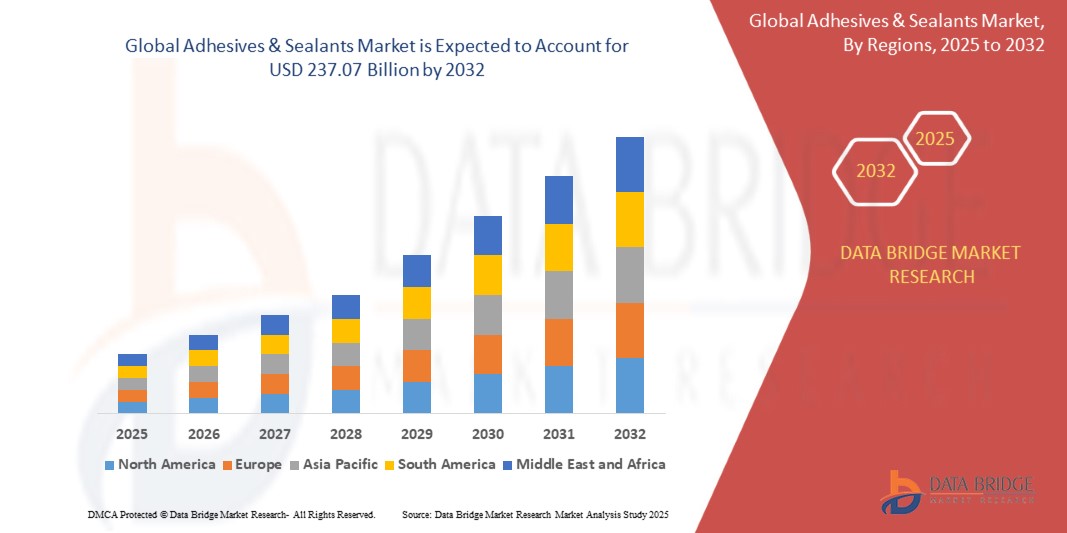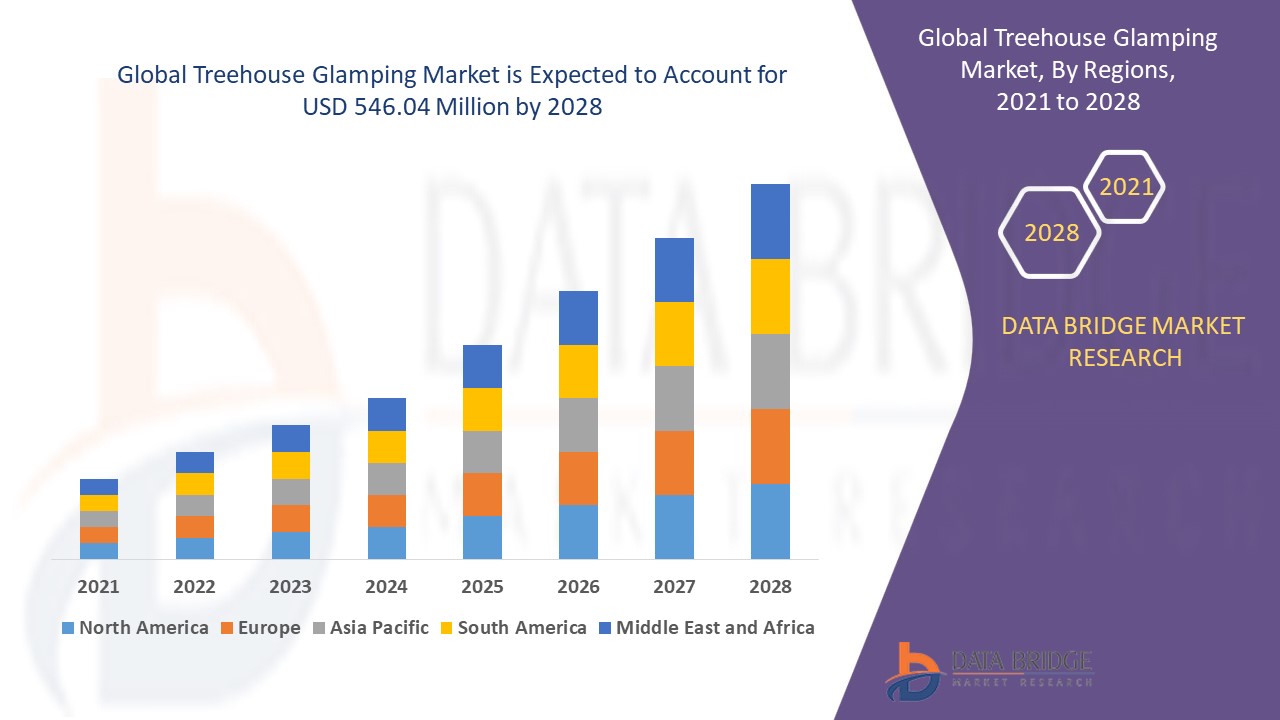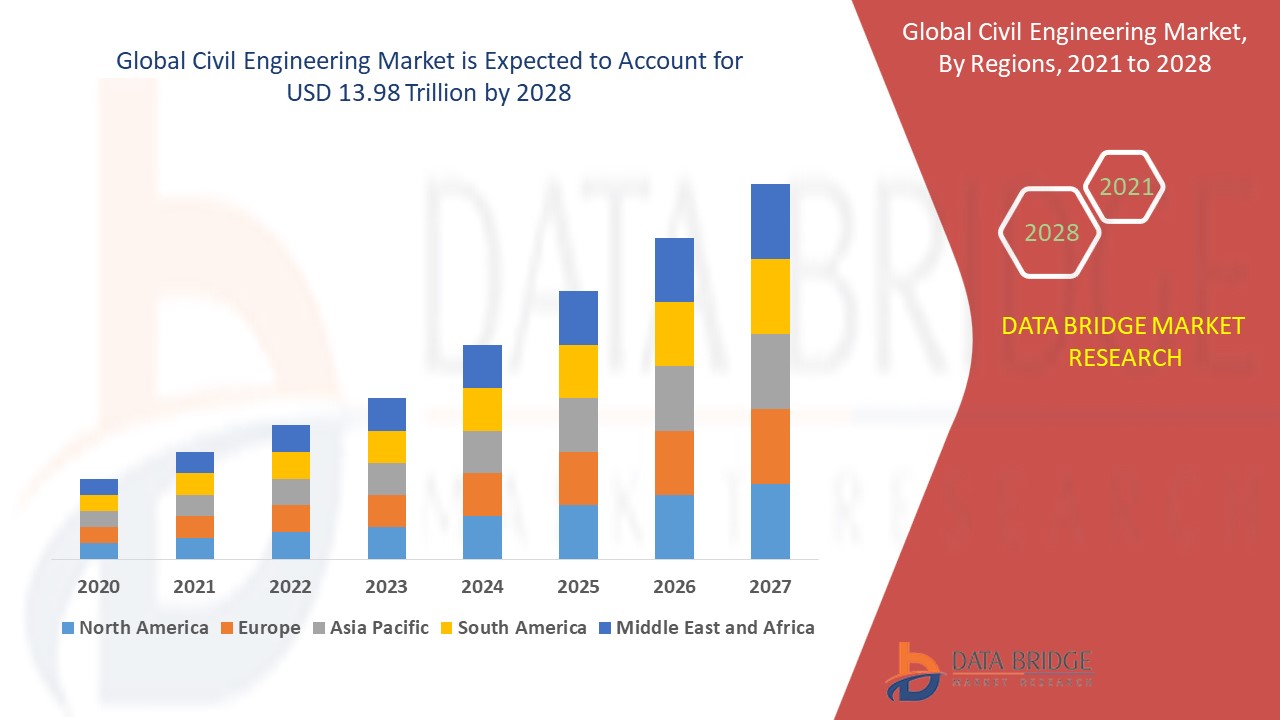Methane Hydrate Extraction Market: Unlocking the Potential of Alternative Energy Sources

The Methane Hydrate Extraction Market is witnessing a surge in interest due to the increasing demand for unconventional energy sources. This market offers promising avenues for energy security and sustainable development.
“Get a full overview of market dynamics, forecasts, and trends. Download the complete Display Market report:”https://www.databridgemarketresearch.com/reports/global-methane-hydrate-extraction-market
Introduction
The Methane Hydrate Extraction Market is rapidly emerging as a critical segment within the broader energy sector. Methane hydrates, often referred to as “fire ice,” are crystalline structures containing methane gas trapped within water molecules, predominantly found in oceanic sediments and permafrost regions. As conventional fossil fuel reserves decline and global energy demand continues to rise, methane hydrates present a promising alternative for sustainable energy extraction.
The importance of the Methane Hydrate Extraction Market lies not only in its potential to supplement global energy needs but also in its contribution to reducing energy import dependency for countries with abundant hydrate reserves. This report aims to provide stakeholders, investors, and policymakers with a comprehensive understanding of the market’s growth trajectory, key drivers, challenges, and future opportunities.
Market Definition and Segmentation
The Methane Hydrate Extraction Market encompasses technologies, equipment, and processes used to extract methane gas from hydrate deposits in marine and terrestrial environments. The market is defined by its ability to provide a reliable, high-energy yield alternative fuel source with applications across electricity generation, industrial fuel supply, and natural gas distribution.
Market Segmentation:
- By Product Type:
- Extraction Technologies: Depressurization, thermal stimulation, inhibitor injection.
Example: Depressurization is widely used in Japan and Canada for pilot projects. - Equipment: Drilling rigs, hydrate dissociation systems, gas separation units.
Example: Specialized offshore rigs for methane hydrate drilling in the Pacific Ocean.
- Extraction Technologies: Depressurization, thermal stimulation, inhibitor injection.
- By Application:
- Electricity Generation: Using extracted methane in power plants.
- Industrial Fuel: Providing energy for manufacturing and chemical industries.
- Domestic & Commercial Supply: Pipelines and LNG production for local consumption.
- By End-User:
- Energy & Utility Companies
- Oil & Gas Industry Players
- Government & Research Institutions
- By Geography:
- Asia-Pacific: Japan, China, India – leading in exploration and pilot extraction projects.
- North America: U.S. and Canada – focusing on research and feasibility studies.
- Europe: Germany, Norway – technological development and environmental assessment.
- Middle East & Africa: Exploratory investments in offshore hydrate reserves.
Market Dynamics
Drivers
- Increasing Energy Demand: The rising global demand for energy and decreasing conventional gas reserves is driving investments in methane hydrate extraction.
- Government Initiatives: Countries such as Japan, India, and the U.S. are actively funding research and pilot projects for hydrate extraction.
- Technological Advancements: Innovations in drilling and hydrate dissociation techniques are improving extraction efficiency and reducing costs.
- Sustainability Goals: Methane hydrates can serve as a cleaner energy source compared to coal, aligning with national carbon reduction targets.
Restraints
- High Operational Costs: Extraction technology requires significant capital investment and specialized equipment.
- Environmental Concerns: Methane is a potent greenhouse gas; accidental release during extraction poses ecological risks.
- Technological Complexity: Deep-sea extraction and hydrate stabilization challenges limit large-scale deployment.
Opportunities
- Emerging Markets: Countries with untapped offshore hydrate reserves present new investment opportunities.
- Integration with LNG Infrastructure: Methane from hydrates can be liquefied and transported using existing LNG pipelines.
- Public-Private Partnerships: Collaborations between governments and energy companies can accelerate commercial-scale extraction.
Challenges
- Regulatory Hurdles: Approval processes for offshore drilling and environmental impact assessments can be lengthy.
- Supply Chain Limitations: Specialized drilling rigs and extraction equipment are limited to a few manufacturers globally.
- Market Uncertainty: Price volatility of conventional natural gas affects the economic feasibility of hydrate extraction.
Market Trends and Innovations
- Pilot Extraction Projects: Japan’s offshore Nankai Trough project and India’s Krishna-Godavari Basin demonstration projects highlight progress toward commercial extraction.
- Advanced Extraction Techniques: Research on CO₂ injection for simultaneous methane recovery and carbon sequestration is gaining traction.
- Digitalization and Monitoring: IoT-enabled sensors and real-time monitoring systems are being used to optimize extraction and minimize environmental risks.
- Collaboration with Renewable Energy: Methane hydrates are being considered as a complementary source to intermittent renewable energy like solar and wind.
Competitive Landscape
The Methane Hydrate Extraction Market features a mix of energy majors, technology providers, and research institutions.
Key Players:
- Japan Oil, Gas and Metals National Corporation (JOGMEC) – Pioneer in offshore hydrate extraction pilot projects.
- Chevron Corporation – Engaged in research for commercial extraction technologies.
- PetroChina – Investing in hydrate exploration and development in Asia-Pacific.
- ConocoPhillips – Focused on hydrate extraction technology research in North America.
Strategies:
- Strategic partnerships with technology providers and governments.
- Investment in R&D for low-cost extraction methods.
- Expansion into regions with high hydrate reserves.
SWOT Analysis of Major Players:
- Strengths: Access to capital, advanced technological capabilities, established infrastructure.
- Weaknesses: High extraction costs, reliance on pilot projects for commercial viability.
- Opportunities: Rising energy demand, new technological innovations, untapped hydrate reserves.
- Threats: Environmental regulations, volatile natural gas prices, operational risks.
Regional Analysis
- Asia-Pacific: Leading in research and pilot-scale extraction, driven by Japan and India. The region offers high potential due to large offshore hydrate reserves.
- North America: Focused on feasibility studies and environmental research; pilot projects in Alaska and Gulf of Mexico.
- Europe: Technology development and environmental monitoring are key trends; Norway’s expertise in offshore drilling aids research.
- Middle East & Africa: Emerging interest in offshore hydrate potential, though commercial extraction is in nascent stages.
- Latin America: Limited exploration but growing investment interest in Brazil and Chile for offshore reserves.
Market Forecast
The Methane Hydrate Extraction Market is projected to grow steadily over the next decade. Key growth drivers include rising energy demand, advancements in extraction technology, and increasing governmental support. By 2035, pilot projects are expected to transition toward commercial-scale extraction, particularly in Asia-Pacific and North America.
Key Forecast Highlights:
- Investment Areas: Offshore drilling, hydrate dissociation systems, environmental safety technologies.
- Demand Patterns: Rising interest from electricity generation and industrial fuel sectors.
- Impact of Energy Transition: Methane hydrates are expected to serve as a bridge between fossil fuels and renewable energy adoption.
Impact of COVID-19
The COVID-19 pandemic temporarily disrupted exploration and research activities due to lockdowns and supply chain constraints. However, post-pandemic recovery has seen renewed focus on alternative energy sources, including methane hydrates, to ensure energy security and reduce dependency on conventional natural gas imports.
Conclusion
The Methane Hydrate Extraction Market presents a significant opportunity for energy diversification and sustainability. While technological and environmental challenges exist, ongoing research, pilot projects, and government support are paving the way for commercial viability. Stakeholders and investors should focus on strategic partnerships, technological innovation, and regulatory compliance to leverage this emerging market. Methane hydrates have the potential to become a reliable and cleaner energy source, addressing both energy demand and sustainability objectives.
FAQ
- What are methane hydrates?
Methane hydrates are crystalline compounds where methane gas is trapped within water molecules, primarily found in ocean sediments and permafrost regions. - Which countries are leading in methane hydrate extraction?
Japan, India, and the United States are at the forefront of research and pilot projects for methane hydrate extraction. - What are the key extraction methods?
Common methods include depressurization, thermal stimulation, and inhibitor injection. - What are the main challenges of methane hydrate extraction?
High operational costs, environmental concerns, technological complexity, and regulatory hurdles are the primary challenges. - How does methane hydrate extraction impact the environment?
Methane is a potent greenhouse gas, and accidental release during extraction can increase carbon emissions. Proper monitoring and technology are essential to minimize risks. - What is the future outlook for this market?
With advancements in technology and supportive government policies, the market is expected to transition from pilot projects to commercial-scale extraction over the next decade.
About Data Bridge Market Research:
An absolute way to forecast what the future holds is to comprehend the trend today!
Data Bridge Market Research set forth itself as an unconventional and neoteric market research and consulting firm with an unparalleled level of resilience and integrated approaches. We are determined to unearth the best market opportunities and foster efficient information for your business to thrive in the market. Data Bridge endeavors to provide appropriate solutions to the complex business challenges and initiates an effortless decision-making process. Data Bridge is an aftermath of sheer wisdom and experience which was formulated and framed in the year 2015 in Pune.
Browse More Reports:
Global Departmental Picture Archiving and Communication System (PACS) Market
Global Developmental Dyspraxia Drug Market
Global Diabetic Macular Edema Treatment Market
Global Diabetic Shoes Market
Global Diagnostic Catheter Market
Global Diagnostic Radiopharmaceuticals and Contrast Media Market
Global Diagnostic Tools Market
Global Diamond Core Drilling Market
Global Die Casting Services Market
Global Dies, Jigs and other Tools Market
Global Digital Calipers with LCD Display Market
Global Digital Neuritis Drug Market
Global Digital Polymerase Chain Reaction (PCR) Market
Global Digital Signature Market
Global Direct-Fed Microbials Market
Contact Us:
Data Bridge Market Research
US: +1 614 591 3140
UK: +44 845 154 9652
APAC: +653 1251 975
Email: corporatesales@databridgemarketresearch.com







Responses